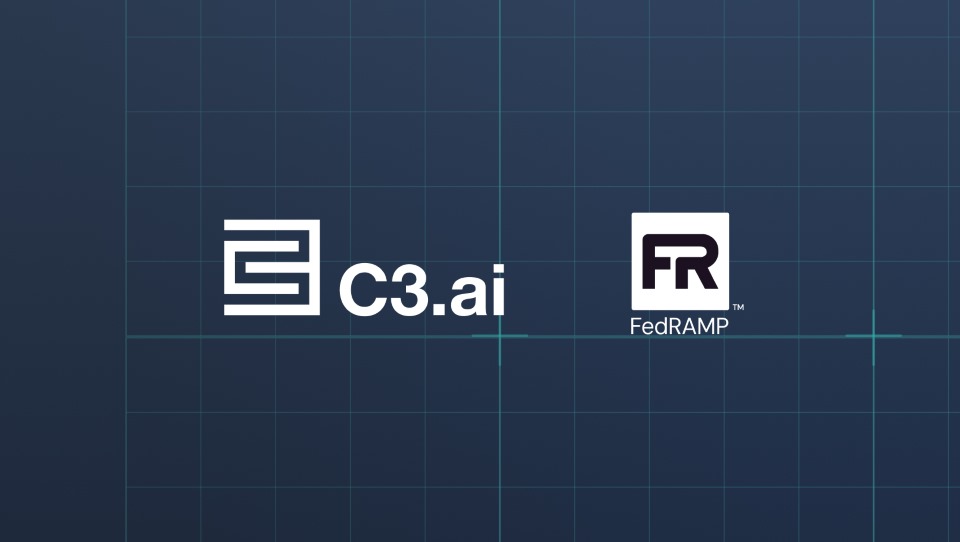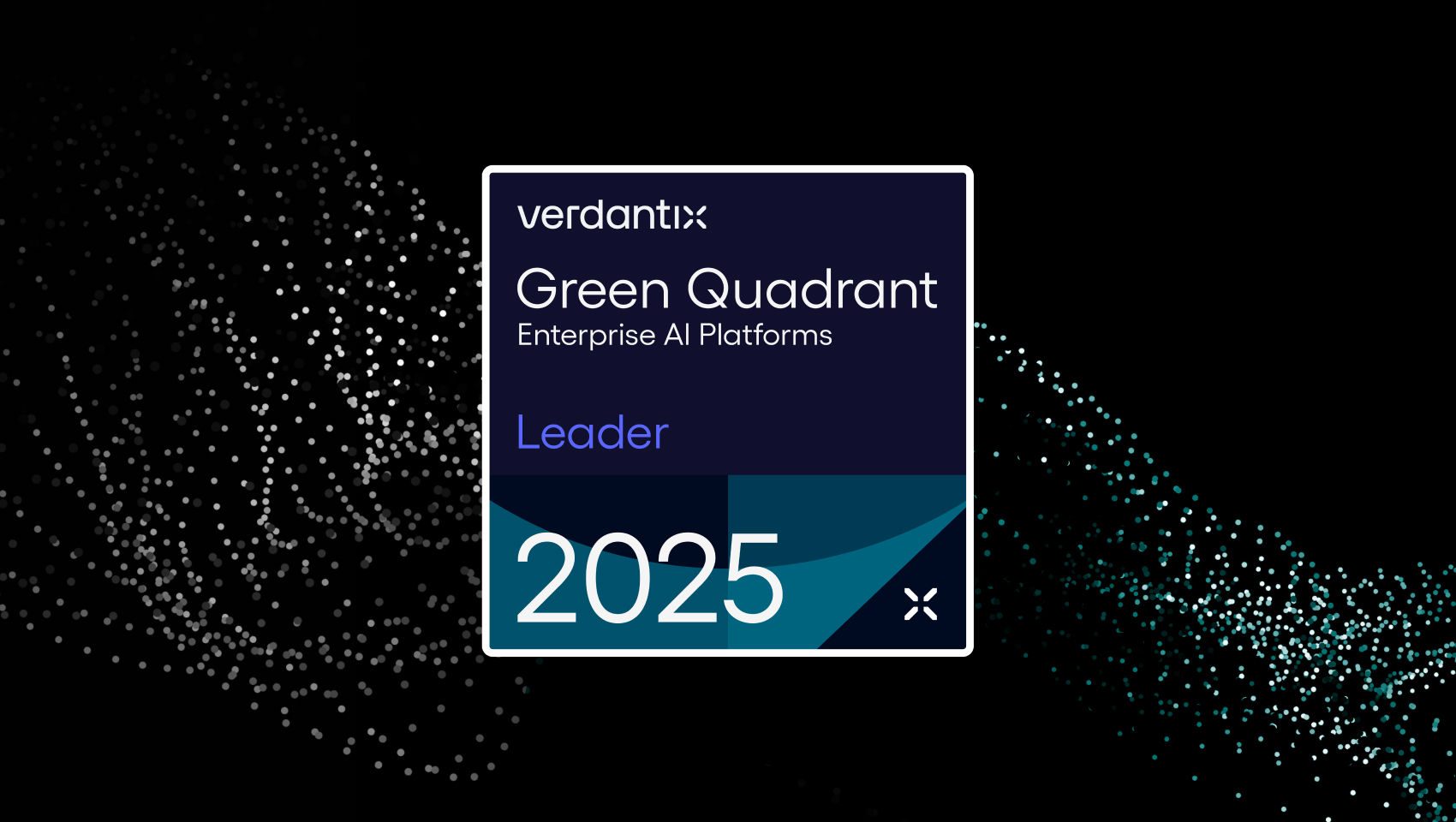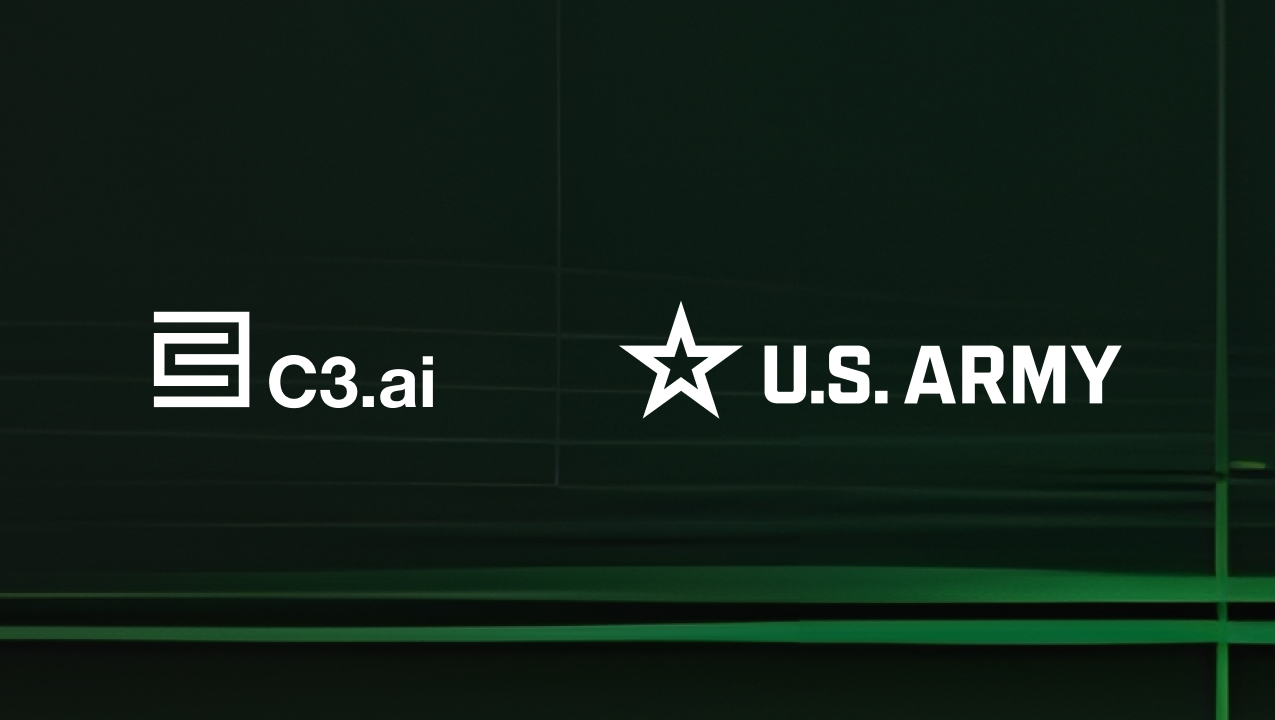Tom Siebel’s reputation in business has been cemented as a pioneer in relational databases and as a godfather of customer relationship management. The latter came to fruition through his eponymously named Siebel Systems, which he founded in 1993 and sold to Oracle in 2006 for $5.8 billion.
In 2009, Siebel founded the enterprise artificial intelligence platform company C3.ai, which provides applications for multiple commercial uses, including energy management, predictive maintenance, fraud detection, anti-money laundering, inventory optimization, and predictive CRM.
This year, Siebel wrote a book, his fourth, entitled Digital Transformation: Survive and Thrive in an Era of Mass Extinction. The book describes the interplay between four modern information technology trends—elastic cloud computing, big data, artificial intelligence, and the internet of things, which is impacting business, government, and society. Siebel believes that the century ahead will be one of “corporate mass extinction,” noting that 52 percent of the Fortune 500 have fallen off the list since 2000. He also discusses how new companies like Amazon, Airbnb, Uber, Tesla, and others have scaled, gobbling up market share from traditional players in the process.
(To listen to an unabridged podcast version of this interview, please click this link. This is the 38th interview in the Tech Influencers series.)
Peter High: People know you as a multi-time entrepreneur and innovator, and they know your former company Siebel Systems, which was acquired by Oracle. For those who may be less familiar with you are doing now, could you describe C3’s business?
Tom Siebel: For the past 10 years, I have been involved in founding and building a company called C3.ai, and I am the Chief Executive Officer. We have spent a decade and roughly half a billion dollars building a software suite that we typically market to large multinational organizations. This suite allows them to design, develop, provision, or operate enterprise and industrial-scale artificial intelligence [AI] and Internet of Things [IoT] applications. These customers include Royal Dutch Shell, Cat, 3M, and the United States Air Force, and they are making massive-scale industrial AI implementations.
High: Could you talk about the methods these companies are using and what others similar to them need to be using to fully capture the opportunity you are describing? Surely, there is some transformation from a people, practice, process, and technology perspective that organizations of a certain age and scale need to go through to ensure that they are ready for this sort of transformation. Can you describe that?
Siebel: As we power into the 21st century, there are four step-changes in information technology that consists of the convergence of four information technology vectors that change everything about computing. These include elastic cloud computing, big data, IoT, and AI. At the convergence of these technologies, we find this phenomenon that we call big data. There is a massive global push at the boardroom and at the level of the CEO to digitally transform their companies to leverage these technologies. By doing this, they are looking to change the way they manufacture products, the way they develop services, the way they deliver products and services, and how they run their companies. They are doing this so they can be competitive in the 21st century.
High: In your book, Digital Transformation: Survive and Thrive in an Era of Mass Extinction, you warn large organizations not to suffer the same fate as digital immigrant organizations such as Kodak, Toys R Us, Westinghouse, Blockbuster, and Circuit City. 52 percent of Fortune 500 companies have disappeared in the last 18 years, and data seems to suggest that if anything, the cycle time through the Fortune500 is going to become more rapid. Could you share some lessons from your study of those that successfully transform versus those that have not done so?
Siebel: While I believe some are successfully transforming, I do not believe any digital immigrant organizations have fully transformed. The only ones who have done so are digital natives, such as Tesla, Amazon, and Airbnb. These companies are all about leveraging these technology vectors to change the way business is conducted in travel, transportation, financial services, retail, or whichever industry the company may be in. With the previous trends we have seen, such as the transition from mainframe computing to mini computing to personal computing to internetwork computing, companies that did not adopt these technologies were left at a significant competitive disadvantage. This seems to be a little more significant than the other step functions in technology that we have seen. There is now an existential risk, and we are seeing an acceleration where companies are simply disappearing. As you mentioned, this includes Westinghouse, Kodak, Toys R Us, and Sears Roebuck. In their place, we have these companies with what we call new DNA, and we read about these companies in financial publications all the time.
These organizations are adopting technologies to dominate whichever industry they operate in. There is a sense that these smaller startups from Silicon Valley, New York, or in Washington D.C. somehow have an advantage in this new generation of 21st-century technology, but I do not think that is true. I believe the big guys, such as JPMorgan Chase, Boeing, and Walmart, have the advantage. These companies have massive amounts of data, and data is the fuel of AI. They have the advantage in this new market to adopt technologies that are coming out of Silicon Valley and other places to use AI to gain a strategic competitive advantage. The leading companies such as Bank of America, 3M, Baker Hughes, and Shell are dramatically accelerating their initiatives to digitally transform their companies from the ground up. I believe they are going to be hyper-competitive in the new markets. However, companies that do not adopt these new technologies will cease to be competitive, and they will be acquired.
High: Given that they are not mutually exclusive, what do you think about the balance between internal capability development and the development of an ecosystem?
Siebel: In the last 40 years, we have seen that the decision has always been build versus buy. As you might recall, I was one of the early executives at Oracle Corporation when we released relational database technology to the market. As we talked to customers around the world in the early days of the relational database market, the decision was not about buying from Oracle or one of Oracle’s competitors. Instead, the decision was whether to buy from a professional software company or to build relational database systems internally. IT organizations would frequently attempt to build relational database systems themselves, and to my knowledge, nobody succeeded at that. Two or three years later, the CIO would be fired, and then Oracle, IBM, or somebody else would sell them relational database systems. Further, almost everybody tried to build CRM systems themselves. Even technically competent companies such as IBM, which tried three times, HP, and Microsoft tried and ultimately failed, and they would buy from Siebel Systems.
As we see this new generation of AI technologies, it is not unusual for the CIO to elect to build the technology. GE Digital spent almost a decade and $7 billion trying to build this by assembling various componentry from Apache and Spark. Similar to the relational database systems and ERP systems, companies tend to fail at building AI technologies internally. AI and IoT applications are substantially more complex than either relational databases or enterprise application software. IT organizations simply do not have the skills to succeed at this. Some companies consider building it themselves, they invariably will fail, and they will purchase these technologies from trusted partners that are professional application software developers.
High: What inning of the game do you believe we are in from an AI perspective, and how is that likely to develop going forward?
Siebel: Julius Caesar considered Gaul as being divided into three parts, and I believe AI is divided into three parts.
- Artificial general intelligence, which includes projects such as Google DeepMind. Here, the attempt is to build computers that have equal or greater intelligence as human beings. This gets to the malicious killer robots and the refrigerator that takes over your household theory, but I do not believe we need to worry about that in our lifetimes;
- Social media systems. Here, social media vendors are using AI extremely effectively to manipulate people at the level of the limbic brain. I believe this is malevolent, and what we are seeing in social media is concerning. People are acting as servers to the computer instead of the opposite;
- The application of AI to commercial, industrial, and government systems, which is where we play at C3.ai. This is building prediction to identify fraud, efficiency to the supply chain, and predictive maintenance for devices in the digital oilfields, the smart grid, the manufacturing industry, agricultural equipment, and precision health. This is about using AI to lower the cost of production and to deliver products and services with greater safety, with greater cybersecurity, and with lower environmental impact. The global information technology market in 2019 is about $3.5 trillion, and it will likely be $8.5 trillion in five years. Most of that growth is because of AI. What we see develop in the next 20 years is going to be unimaginable and fantastic, and it will make a truly significant social and economic impact.
High: You have referred to there being a war with China based on artificial intelligence, and you have referenced how Vladimir Putin said the country that wins in AI will ultimately win in the world. As a citizen of the U.S., what do you think about this? How optimistic are you about the state’s ability to lead and the extent to which it is appropriate language?
Siebel: This is a crucial topic. As you mentioned, in 2017, Vladimir Putin said, “Whoever wins the war in AI will be the ruler of the world.” I believe that is true, but I do not believe Russia will win. It is either going to be China or the U.S. I believe we are currently in a state of non-kinetic warfare with China. It is well-documented how great Russia and China are at infiltrating our power grid infrastructure, infiltrating our financial system infrastructure, and implanting viruses, bots, and malware so they can remotely turn off the grid. There are well-documented incidents where the Chinese have penetrated, say, the United States Office of Personnel Management and stolen the personnel records of up to 21 million people. This includes anyone who has ever applied for or been granted a security clearance. If this is not war, what is it?
If you read the 13th five-year plan, it is extremely clear what they are doing. They are investing tens of billions of dollars a year in AI to win this battle and to dominate the use of AI for the purposes of defense and conducting warfare. In many ways, this is a test of two fundamentally opposed political philosophies. In the case of China, there is a totalitarian state with a top-down command and control economy where the NRDC writes the 13th five-year plan, invests billions of dollars, and mandates that this happens. They are extremely bright, competent, and educated, and they are hard at work. In the United States, we have a much messier process with a free-market economy and a capitalist system. Innovation does not take place from a top-down command and control government-mandated system, but in garages in Palo Alto and storefronts in theNew York. I do not know which system is going to win, but this is going to be the ultimate test of these political philosophies. This is not a war we want to lose, the stakes could not be higher, and it is game on.
High: What role do you see the government playing in all this versus private industries, and how do you see the balance between the two?
Siebel: The people who work in the Pentagon are exceptionally bright and well educated. These scholar statesman warriors are not asleep at the switch, and they are adopting AI in many ways to prove the efficiency of the Department of Defense. As it relates to AI, the U.S. is going to advance through a free market economy, entrepreneurship, and through the creativity of individuals who are unbridled by the constraints of the stage. This system has always worked out for us in the past, and hopefully, it will continue to. If it does not, we are going to have a problem.
High: You cemented your legacy in business through Siebel Systems, yet you got back into entrepreneurship through C3.ai. As somebody who has been such a successful entrepreneur multiple times over, what keeps you hungry?
Siebel: In my career, I have been highly fortunate to be in the right place at the right time on multiple occasions. The first time was when I entered the relational database industry when it was in its infancy. Later, we founded Siebel Systems, where we invented what is known as CRM products in the CRM market. Today, that is a $100 billion industry annually, so those events turned out to be fortuitous. The change we are looking at today is an order of magnitude more significant than what happened in the relational database or the enterprise application software market. This will be a quarter of a trillion-dollar software market in 2023. It changes AI, and it changes everything regarding how we think about computing, managing businesses, motivating people, and serving customers.
I do this because it is my idea of a good time. I enjoy being involved in the formation of markets, and I enjoy doing my best to attract highly motivated, well educated, and high energy professionals. I have had the opportunity to play a role in the creation of the relational database market and the enterprise application software market, and we are now playing a leadership role in the development of applying AI to commercial, industrial, and government processes globally. Doing this is exceptionally hard, and every project we are working on has a problem that has never been solved before. However, the social and economic benefit of what we do is staggering.
Read the full interview here.



